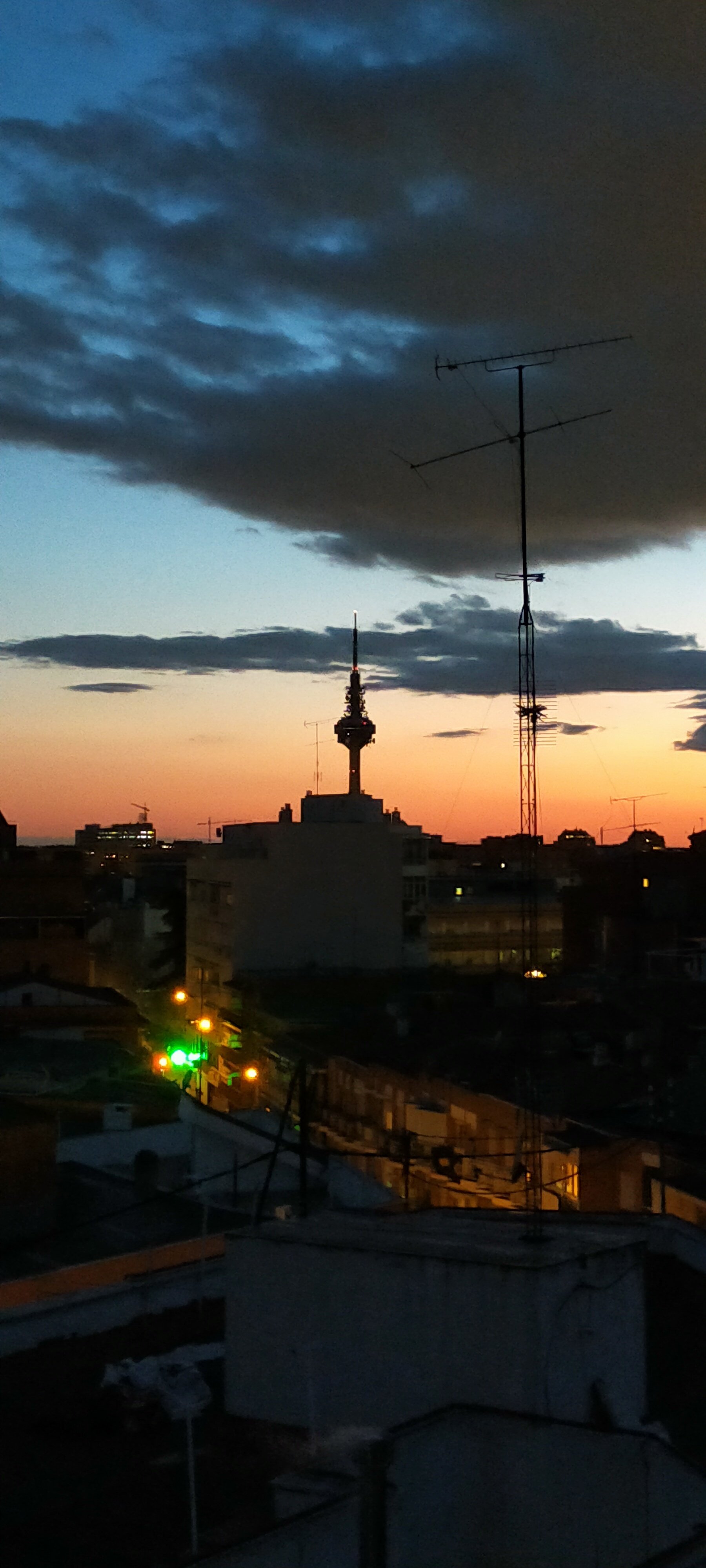These plugin systems are quite interesting, they allow renters for example to get some benefits of Solar without having to make permanent installs. The systems a lot cheaper than a full setup but obviously don’t produce the same amount of power. I first saw them appearing in France and then since Germany changed the law to allow them its good to see it flourishing there too. This isn’t going to save the planet but its a little step of improvement.
400 Euro isn’t bad for all the fittings and inverter and the big benefit of these DIY systems is you just put them together and connect them to a standard wall socket. Constantly just saves you money on your bills when there is sunshine. Its also not enough power that its worth dealing with export tariffs but in countries where smart meters already exist it could be part of the mix.
You just plug them into an outlet? Is there no safety concern about backfeeding power, especially if someone turns off the breaker and expects a circuit to be de-energized?
They’re not supposed to be grid-forming and should turn off if there’s no grid voltage. And if you turn off a breaker you should always check that there’s no voltage, you might’ve turned off the wrong breaker.
That’s good then. Although I hope they also considered what happens if there’s two of them on a circuit, because if the mains power goes off, but there’s another panel on the same circuit, they’d each see the other’s voltage on the line, right?
And yeah, you should verify that a circuit is de-energized after you flip the breaker, but I’ve seen both some real weird electrical work, and some electricians who aren’t that careful.
Although I hope they also considered what happens if there’s two of them on a circuit
The regulations allow only for one. If you want a bigger install than that you need individual approval I think.
They generate no frequency so the situation you fear is not possible.
The panels themselves are DC, but there’s an inverter feeding 120V 60Hz (or whatever) into the wall, right?
Yes, but it’s a system that is designed to sync with the frequency of whatever other electricity is out there, and it shuts of if the main shuts off. Almost all rooftop systems without a battery in the US are set up the same way.
Still, it’s important to check that things you think are disconnected do not have current flowing through them. And this makes it more important.
Not mentioned in the article is that these systems are still illegal in the US.
Because fuck us apparently.
do you know why they’re illegal? is there some danger to them?
Individuals owning their own means of energy production is obviously unamerican.
FTA:
The so-called plug-in systems involve routing the direct current generated by the panels to an inverter, which converts it to an alternating current. They can then be plugged into a conventional wall socket to feed power to a home.
So, yeah, almost certainly illegal in pretty much any grid-powered home in the US.
The basic problem is that if the grid power goes down the inverter can back-feed the grid enough to electrocute the people who are working to fix it.
Utilities require an approved isolation system of some kind that prevents that happening. They are pretty strict about this for various other technical and political reasons too, but evidently it is mostly a safety concern.
I’ve got some good locations at home for panels, and about 500W in panels that I use for camping, but the equipment I’d need to handle easily and safely consuming the power at home is kind of expensive (just running an inverter and a battery for an isolated system is easy enough, I’ve got all that, but it’s not cheap to seamlessly connect it to my home power system). Would love to have a safe and approved system like what is described in the article.
Not everything in the world should be revolving around your stupid default country
Because the article is about fucking Germany, attention whore
I put a small flexible light weight one up last year. Secured with steel washcloth line (it doesn’t have glass or anything, just a plastic sheet with cells on it), the city replaced the meter to account for feeding in (not needed, I work home office and use up all of it in my apartment) cost me 600 or so last year, plugs into regular wall socket and has already lowered consumption by about 1/10th which is a solid chunk of money with current prices. I am very happy I get to do something as a renter, even if it will take years to pay for itself.
New York Times Media Bias Fact Check Credibility: [High] (Click to view Full Report)
New York Times is rated with High Creditability by Media Bias Fact Check.
Bias: Left-Center
Factual Reporting: High
Country: United States of America
Full Report: https://mediabiasfactcheck.com/new-york-times/Check the bias and credibility of this article on Ground.News:
- https://ground.news/find?url=https%3A%2F%2Fwww.nytimes.com%2F2024%2F07%2F29%2Fbusiness%2Fgermany-solar-panels-climate-change.html%3Funlocked_article_code%3D1.-00.0349.cWTL1gUdvaMj%26smid%3Dem-share
Media Bias Fact Check is a fact-checking website that rates the bias and credibility of news sources. They are known for their comprehensive and detailed reports.
Thanks to Media Bias Fact Check for their access to the API.
Please consider supporting them by donating.Beep boop. This action was performed automatically. If you dont like me then please block me.💔
If you have any questions or comments about me, you can make a post to LW Support lemmy community.“Bargain Prices” - Aka still multiple tens of thousands for the initial purchase + setup costs.
Additionally after their usuable age they will need to be replaced with again tens of thousands of euros.
I wouldnt say its payable with a common wage. Either a loan just for solar or heritage.
My dude did you even read the article?
299€ for a complete 840 Wp setup at Lidl the other day.
Wtf? Read the article. It’s about 400 Euro full set ups
Bro the article headline even says balcony railings. We’re talking single solar panel + plug in micro inverter type setups. That’s like $200 if you shop around.
And not sure if you’re aware, but after the “usable age” the system produces at like 80% capacity, so unless you disconnected from the grid and really really need that last 20%, you don’t need to change a thing and can keep using it way past the warranty period. Or you can add a couple extra panels. Why replace the whole thing lol.
You can get a 800Wp (max allowed Wp for a balcony solar) kit in austria for around 500€, germany is currently limited to 600Wp so it should be about the same price or cheaper. And you just need to plug them into a schuko outlet, so most people should be able to do it themselve.
Edit: Fixed units
I felt a great disturbance in the Force, as if thousands of physics teachers suddenly cringed and started yelling “Get your units right!”.
spoiler
Wh is a unit of energy (1 Wh = 3.6 kJ) and by nature cumulative. And cumulative units can’t peak, so Whp [sic] is impossible as a unit. What you really meant is Wp, as W is a unit of power (1 W = 1 J/s), which is a momentary value and momentary values can peak.
Luckily I’m not in school anymore xD
But thx for correcting me, edited my post, should be correct now :)
New VDE recommendations say 800W on Schuko is tolerated. Wieland is of course better. That’s btw not solar panel capacity but inverter capacity, you can have 2kW on your balcony as long as you’re not feeding more than 800W into the net you don’t need any permits no need to contact your utility no nothing.
What you should pay attention to as a renter without already existing balcony outlet though is your landlord: They generally don’t like it when you drill holes through exterior walls, window frames, whatnot. Use window feed-through cables (for the PV connections, not the 220V), or dish out (quite a bit) of money to have it done properly (after talking to the landlord). At which point yes you want a Wieland outlet they’re maybe 20 bucks, what’s going to cost money is the electrician.
My dude did you even read the article?







